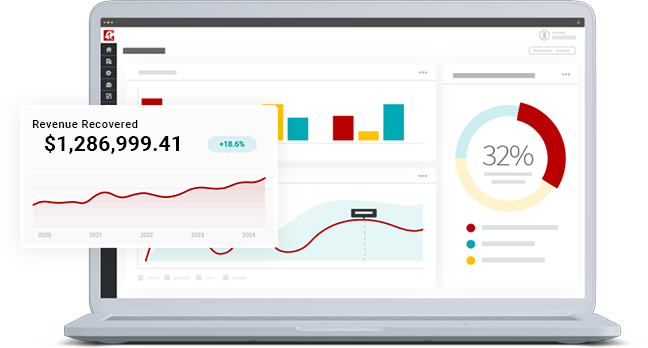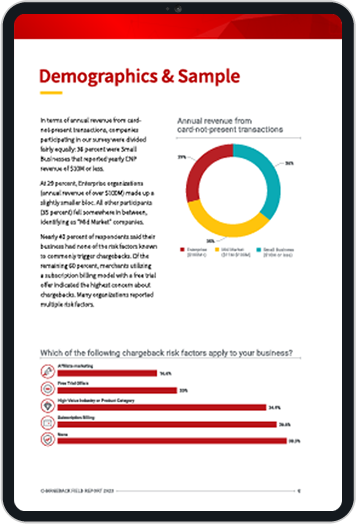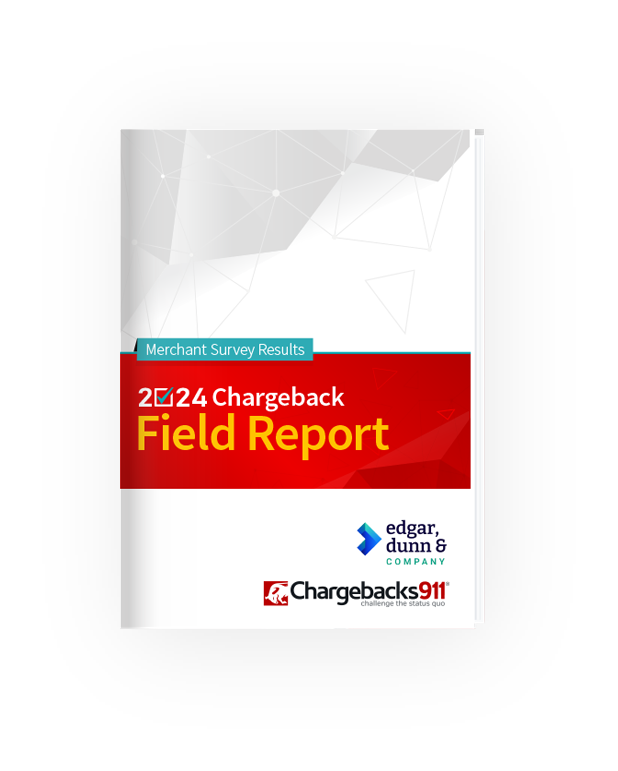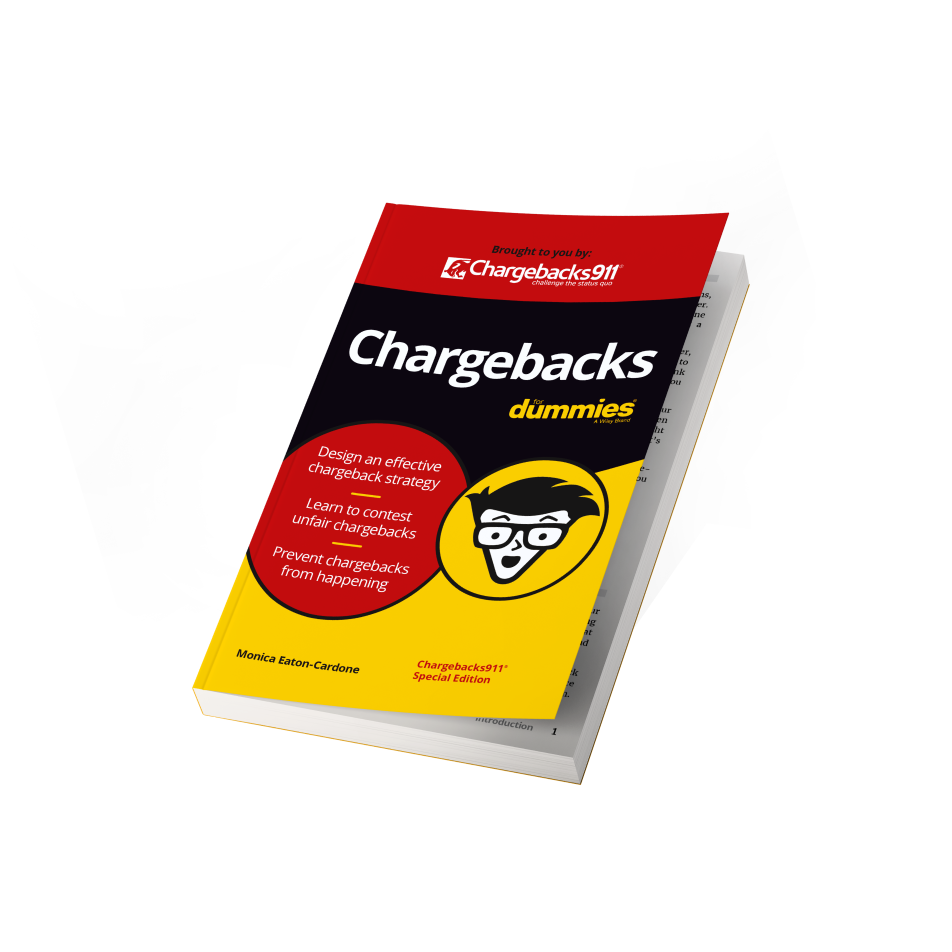The Ins & Outs of Review Fraud: Keeping Bogus Feedback at Bay
Traditionally, one of the most powerful forms of marketing has been word-of-mouth. This has carried over from into the digital market; according to one survey, 71% of consumers read online reviews when researching businesses.
The wonderful thing about the internet is that it gives everyone a voice. But, the terrifying thing about the internet… is that it gives everybody a voice.
In person, a customer could tell one or two or all of their friends their feelings on your product or service. With social media and review sites, however, anyone can say anything they want about you, with little fear of consequences. Even worse, those opinions carry more or less the same weight, even if the poster knows nothing about you at all.
This has made review fraud a big problem.
Recommended reading
- Fake Google Reviews: How to Identify, Remove & Prevent
- The Top 10 Prepaid Card Scams to Watch Out For in 2025
- How do Banks Conduct Credit Card Fraud Investigations?
- How Card Cracking Works: Tactics, Red Flags & Prevention
- Credit Card Cloning: How it Works & How You Can Prevent It
- How Overpayment Scams Work: Signals, Examples & Prevention
What is Review Fraud?
- Review Fraud
Review fraud is any phony or deceptive online review deliberately posted as a way of manipulating the perception of a person, product, or business.
[noun]/rə • vyo͞o • frôd/
Review fraud can refer to any fake reviews posted by paid individuals or competitors that misrepresent genuine customer feedback, specifically to mislead consumers.
To keep your reputation, you need to actively try for reliable reviews. This can be hard, though, when you have bad actors out there trying to sabotage your reputation, or make another competitor look better than you.
Review fraud is a potent method for accomplishing this. It’s a broad term covering any attempts by fraudsters to game the customer review system to make another party look better or worse than it might actually be.
How Does Review Fraud Work?
Review fraud involves posting fake positive or negative reviews to manipulate a product or business’s reputation. These reviews are often generated by bots, paid individuals, or deceptive sellers to influence consumer trust and drive sales or sabotage competitors.
As far as legitimate customers go, a review is subjective and opinion-based. Few (if any) customer reviews are going to be completely accurate. Most come from people at the extremes; they’re either so happy — or so frustrated and angry — that they can’t wait to share their experience.
Review fraud, though, is different. It has nothing to do with the reviewer’s actual experience. Review fraud is 100% done to manipulate the system, and it’s 100% illegal (we’ll talk about that more in a bit).
Inaccurate Review
Karen B.
Age: 28
Gender: Female
Member since: Dec 2017
74 reviews
4.1 average review score
Questionable place for my needs
I was starving at home, watching my kids play and didn’t feel like leaving, so I called for food delivery. No one called me back, and I was left hungry. Worst experience ever! I wouldn’t recommend buying flowers from this place, not even for a quick lunch. It was honestly one of the most frustrating things I’ve dealt with in a while.
Edit: Two weeks later, I realized I had called the wrong place. My mistake, but the experience still sticks with me. Wouldn’t recommend.
12 people found this helpful
Verified Purchase
- Real-looking photo avatar, not too polished, casual shot, could even be slightly blurry or awkward
- Realistic full name or nickname format
- Detailed reviewer profile, brief and human bio
- Review history with two-sided and neutral reviews
- Verified purchase label or "helpful" votes
- Occasionally upvoted or replied to by the seller
- Specific details that add realism, even if inaccurate, clearly written by a non-expert
- Sometimes includes follow-up or corrected updates
Fake Review
feedbackloop42
Age:
Gender:
Member since: Apr 2025
2 reviews
5 average review score
Best food I've never tasted before in my entire existence!
Walked in expecting a snack, walked out a changed man. The owner—Nick—saw me from across the room, locked eyes, and shouted “MY BOY!!” like we’d stormed a castle together in another lifetime. Before I could speak, he handed me the best quesadilla I have ever encountered—crispy, cheesy, oozing with destiny—and smothered in ketchup and ranch, like some forbidden flavor combo only Nick could pull off. I wept softly. Nick nodded. Everyone clapped. 17/10, would let Nick feed my soul again.
0 people found this helpful
- New reviewer with only a few one-sided reviews
- No avatar or too-perfect headshot or generic image (pet, sunset, etc.) often reverse-searchable
- Vague ("United States") or mismatched with product region
- Few details about te reviewer
- Dozens of 5-star reviews posted in short bursts, often recent
- Overuse of marketing lingo, recycled praise ("Game changer!", "Exceeded expectations!"), weirdly polished tone with random caps or emojis
- Praises non-existent features, copy-pastes product titles into reviews
- Few or no "helpful" votes
- Not a verified purchase
Review fraud can come from a range of different sources. For example:
Typically set-up outside the US, fake review networks (or “farms”) disguise themselves as professional marketing services. They offer to boost a merchant’s ratings profile, but do it through hundreds or thousands of fake user accounts.
Incentivized reviews are where reviewers receive free products in exchange for good feedback. Obviously, the idea is to get a positive report, but that may or may not reflect the reviewer's true feelings. That automatically makes the review suspect.
AI tools like ChatGPT allow fraudsters to crank out more reviews in less time. And because AI can also customize details to individual merchants, the coordinators of AI-generated reviews can send reviews with the same basic talking points to any number of targets.
Two or more legitimate businesses may conspire to trade positive reviews for each other. While it may seem like everybody wins in this scenario, it still invites dishonest reviewing, and that can come back to bite you.
It’s normal to ask your friends, and family members to post positive reviews (even if they don’t know your products). Some merchants, however, might ask employees and provide a little extra “encouragement” to pen that glowing report. Giving an incentive for a good review is where it gets underhanded.
Knowing that merchants hate negative reviews, individual fraudsters might post one-star reviews in hopes of getting a refund or some other dividend. Along the same lines, they could demand a ransom to not write more bad reviews.
The merchant takes the positive reviews from a different company or product and “repurposes” them to sell a different product. They might lift reviews from another company or cannibalize feedback from other products on their own site.
In brushing schemes, shoppers’ personal information is stolen and used to make purchases from a phony account. The fraudster can then post positive reviews under the real peoples' names. Fraudsters may also sell their victims' data.
How Does Review Fraud Hurt Businesses?
Review fraud hurts businesses by damaging their credibility and driving away potential customers who lose trust in the brand. It can also lead to unfair competition, where honest businesses are overshadowed by those using fake reviews to boost their rankings.
An average of 30% of online reviews are considered fake or not genuine.
The reason we read reviews in the first place is to see if a business or product could be worth a long-term relationship. Fake reviews can undermine all that, especially if there are a lot of them.
Fake bad reviews can make your product seem unreliable. You could lose customers who might’ve bought from you if not for the bad reviews.
Fake positive reviews are just as bad, though. They may result in products or services not matching the overplayed hype. There’s no good long-term outcome here when you have customers who bought a product that didn’t meet their expectations. You may find yourself dealing with:
- Financial loss from refunds and chargebacks
- Loss of future revenue as customers take their business elsewhere
- A damaged reputation which could be hard to come back from
- Lower search rankings caused by dissatisfied customers
And, merchants who publish fake positive reviews might be setting themselves up for potential lawsuits. If a user makes a major purchase — a car, say, or real estate — based on phony reviews, they may try to claim negligence or fraud in allowing fake reviews to remain online.
Fraud comes in many forms. We can help you manage all of them.
Request a Demo
Too many negative reviews can push the customer to buy a less-favorable product. A purchase decision based even partially on fake good reviews can feel like a disappointing waste of money.
Is Review Fraud Illegal?
Yes. Intentionally posting a fake review for personal gain is against US federal law, and can result in fines or jail time in extreme cases.
In the US, the Federal Trade Commission issued a mandate in 2024 that prohibits the creation, purchase, and dissemination of phony customer reviews and celebrity or "influencer" testimonials. That also covers fake AI-generated reviews, and applies whether a post is positive or negative.
There’s more: the mandate also says merchants can’t offer incentives or compensation to obtain consumer reports with a specific slant. Buying social media likes or followers is a no-no, as well, and you aren’t allowed to block negative reviews.
Insider reviews — ones written by company employees, for example — aren’t specifically taboo as long as you clearly state the reviewer’s connection to your business. If you’re found guilty of violating any of these rules, you can get hit with maximum civil penalties of up to $51,744 per violation.
Some companies have gone as far as operating allegedly independent review sites where their own products or services are given positive reports. This is illegal, as well.
Other Actions Being Taken Against Review Fraud
The new FTC rules outlined above are really helping to clarify what has traditionally been a somewhat gray area for merchants. Strict enforcement is expected in the US, and other countries also have new or pending rules for fake reviews.
But, private businesses are also stepping up review policing, too.
Amazon and Google recently filed parallel lawsuits against two review brokers operating out of China. The fraudsters were selling batches of positive and negative reviews targeting the two larger companies. Both were sentenced to 2.5 years in prison, along with other penalties.
Large corporations also go out of their way to eliminate review fraud from their sites. Google Maps, for example, removed more than 170 million phony reviews in 2023. That’s more than double the number of fake reviews removed in 2019.
Tackling this problem demands cooperation from governments, review platforms, search engines, and individual businesses.
Review Fraud “Red Flags” to Watch for
One other beneficial thing you want to learn — and teach — is how to spot fake reviews. Here are a few red flags to watch out for:
How Can Businesses Protect Themselves From Review Fraud?
There are certainly preventative measures you can take to insulate yourself against review fraud.
Encouraging and responding to genuine customer feedback, for example, could help curtail “revenge” posts. Customers are more likely to express legitimate complaints if they feel they will be listened to.
There’s little you can do to prevent bad reviews dumped online by competitors or other bad actors. But, you can take steps to combat them. Here are few ideas:
Again, these measures won’t prevent a review fraud attack. But they can help minimize damage to your reputation.
Any type of fraud will damage your business. While focusing on review fraud is important, you ultimately need a comprehensive, end-to-end management strategy to mitigate the risk of fraud in general.
Chargebacks911® has more experience-based knowledge and expertise in this arena than anyone else in the industry. Contact us today to see how we can help you.
FAQs
How do I get rid of Google review fraud?
Removing a fake Google review requires going through a process in your My Business account. You’ll need to flag suspicious reviews on your profile and report them through Google's support channels. Google then decides the validity of the review.
Can fake reviews be traced?
Yes, Google reviews can be traced to the IP address used, even if the reviewer hides their name. It can only be blocked by using a VPN (virtual private network) to mask the address.
Can you sue someone for a false review?
Yes, but only if you can prove it was defamation. For example, saying you don’t like a restaurant’s soup is an opinion. Falsely stating that the restaurant failed its health inspection is defamation.
Is leaving fake Google reviews illegal?
Yes, fake reviews are illegal in the US. The Federal Trade Commission (FTC) prohibits the creating and spreading of fake consumer reviews and celebrity testimonials, whether those reviews are positive or negative.
What is the punishment for review fraud?
Within the US, the FTC can sue alleged violators directly in federal court and seek civil penalties of up to $51,744 per violation (or potentially less).
How do you fight fake reviews?
A lot of it relies on vigilance. Check regularly for new postings. Learn to spot fake reviews, and report all suspicions to Google, Yelp, or whatever platform it is on. Where possible, either remove the review yourself, or contact the reviewer to see if it can be removed.














